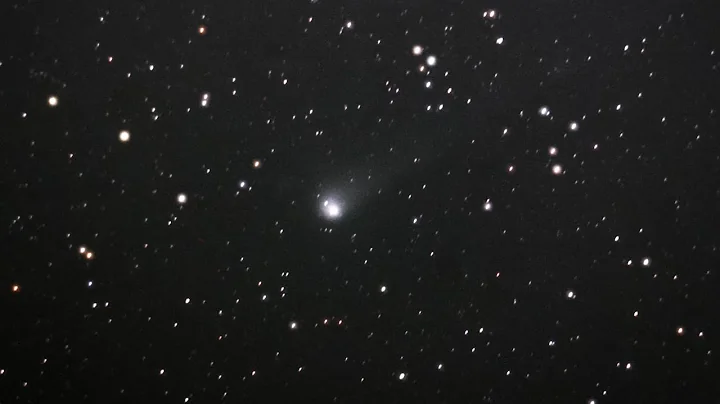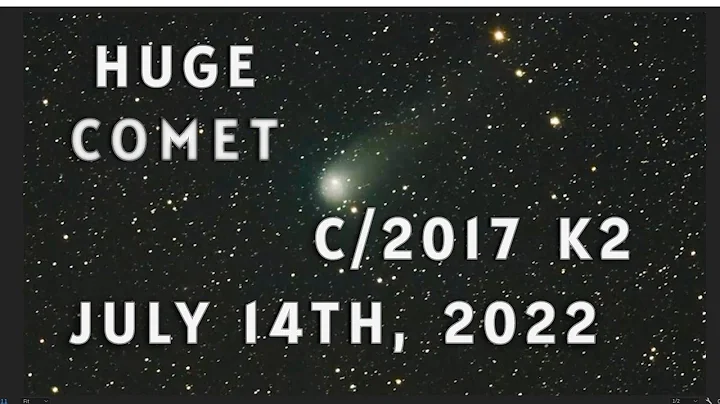
You can see it with a small telescope
The highly anticipated comet C/2017 K2 (PanSTARRS) has entered our inner solar system, which means it will soon be visible with a simple telescope. The best observation date for
is July 14, 2022, because it will be closest to the Earth on this day. What's more, the July 13 supermoon will light up the sky, meaning we can spot it while the sky is still dark.
How big is the comet?
Experts still don’t know exactly how big the comet is. The comet's range is estimated to be between 11 and 100 miles (18 and 161 kilometers), according to NASASolar System Ambassadors Eddie Irrizarry and Kelly Kizer Whitt.
This means that it could be considered just large or belong to the largest comets discovered to date, such as Hale-Bopp and Bernardinelli Bernstein. Unfortunately, it's not close enough to us to figure out this detail, because even at its closest approach, it's still farther than the average distance between Earth and Mars.
At least we know our planet is safe!
Astronomers are also debating the size of the comet. The trail of dust and gas behind C/2017 K2 is estimated to be between 81,000 and 500,000 miles (130,000 and 800,000 kilometers) across.
If the name PanSTARRS comet seems familiar, that's because there are a lot of them. Pan-STARRS is a sky survey focused on discovering new asteroids, comets, supernovae, and other celestial objects. When Pan-STRRS first discovered C/2017 K2, it was 1.49 billion miles (2.4 billion kilometers) from the sun, 16 times farther away than Earth.
Visible through telescopes
Now, C/2017 K2 is expected to pass about 168 million miles (270 million kilometers) to the extreme point of the Earth, but even so, it will be difficult for us to detect it with the naked eye, but with the help of a good The telescope should reveal some pretty breathtaking views.
If you don't have your own telescope, public online observatories like the Virtual Telescope Project may host some fun and interesting viewing parties. After passing Earth in July, C/2017 K2 will continue on to perihelion, its closest approach to the Sun.
However, no one knows how it will behave closer to the sun. It may suddenly become more active and brighter, or it may fall apart and disappear entirely, leaving only a trace of dust.
Last month, a giant asteroid four times larger than the Empire State Building passed Earth at an incredible 47,200 mph (about 76,000 km/h). The asteroid marks one year since another large asteroid passed Earth on April 28 at a speed of 23,000 miles (about 37,000 kilometers) per hour. Looks like we're a popular destination for these traveling celestial beings!





















